Overview of Aluminum Material
1. Introduction to the General Properties and Uses of Aluminum
Aluminum, known for its lightweight, corrosion resistance, and high thermal conductivity, finds extensive use in aerospace, automotive, and construction industries. Its versatility makes it an ideal choice for a wide range of applications.
2. Different Types of Aluminum Alloys and Their Properties
- 1xxx Series (e.g., 1100): Pure aluminum, excellent corrosion resistance.
- Example: Used in chemical and food processing equipment.
- Properties: High formability, low strength.
- 6xxx Series (e.g., 6061): Heat-treatable, versatile alloy.
- Example: Commonly used in structural applications.
- Properties: Good strength, weldability, and corrosion resistance.
- 7xxx Series (e.g., 7075): High-strength aluminum alloy.
- Example: Aerospace components, high-stress applications.
- Properties: Excellent strength, toughness, and fatigue resistance.
CNC Punching Aluminum Basics
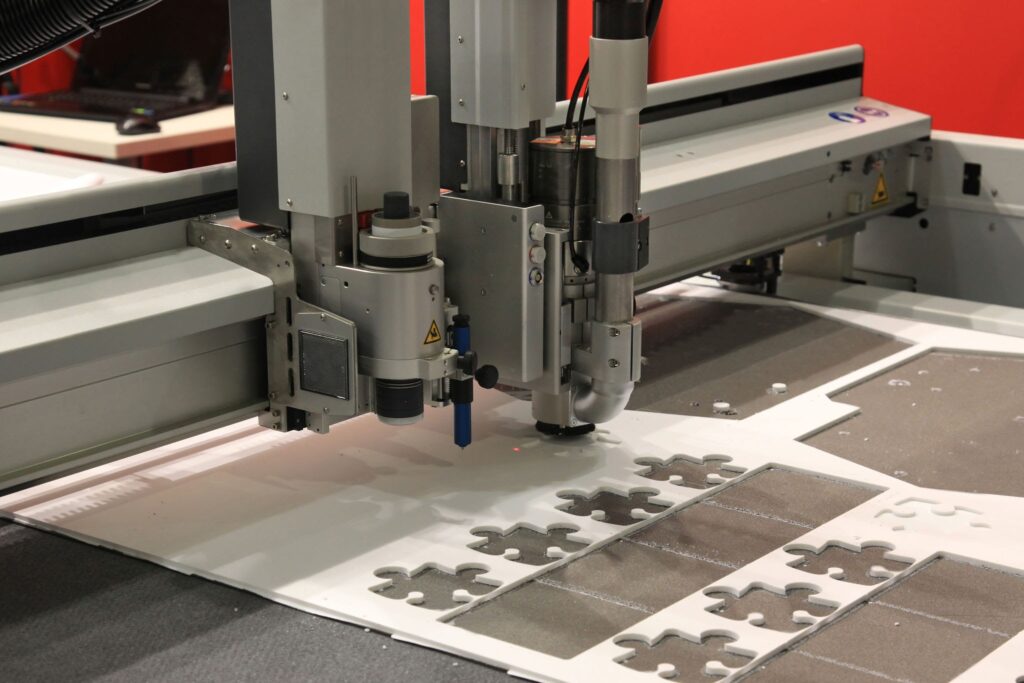
1. Basic Principle of CNC Punching
CNC punching involves the use of a punch and die to create holes and features in sheet metal. The process is highly efficient for mass production and allows for the creation of complex geometries.
2. Composition and Function of CNC Punching Equipment
CNC punching equipment includes a punch press with a turret or tool magazine. The control system manages the tool selection, positioning, and punching operations, ensuring precision in the fabrication of aluminum components.
3. Basic Steps of Punching Process
- Sheet Loading: Securely fix the aluminum sheet on the punching machine.
- Tool Selection: Choose appropriate punches and dies for the desired features.
- Punching Operation: Execute the CNC program to punch holes and shapes in the aluminum sheet.
CNC Punching Aluminum Tools and Equipment
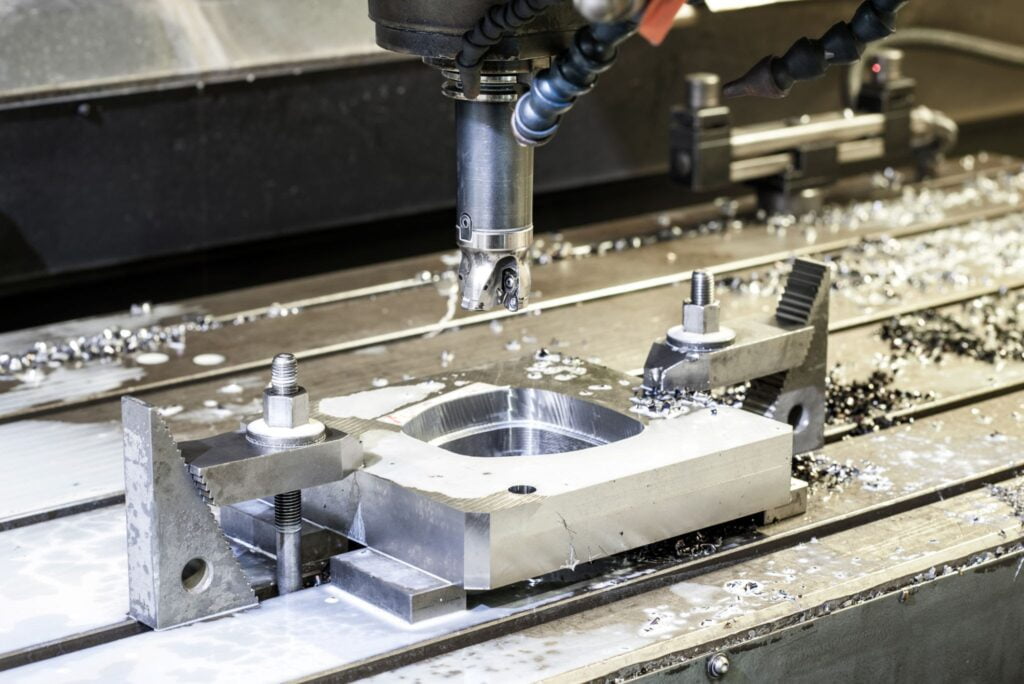
1. Types and Characteristics of CNC Punching Machines
- Turret Punch Press: Equipped with a rotating turret holding multiple tools.
- Example: CNC turret punch press with aluminum-compatible features.
- Characteristics: High-speed, versatile punching capabilities.
- Single-Station Punch Press: Suited for smaller production runs.
- Example: CNC punch press with single-station capabilities.
- Characteristics: Simplicity and flexibility in tool setup.
2. Different Types of Punching Tools
- Round Punches: Common for creating circular holes.
- Example: Round punch for creating fastener holes in aluminum.
- Characteristics: Versatile for various hole sizes.
- Rectangular Punches: Used for creating slots and straight edges.
- Example: Rectangular punch for slotting aluminum sheets.
- Characteristics: Ideal for creating elongated features.
- Embossing Tools: Add raised or recessed features.
- Example: CNC embossing tool for branding aluminum components.
- Characteristics: Enhances aesthetic and functional properties.
3. Selection and Use of Punching Lubricants
- Dry Lubricants: Minimize friction during punching.
- Example: Solid film lubricant for aluminum punching.
- Use: Reduces tool wear and improves surface finish.
- Wet Lubricants: Water-based lubricants for cooling.
- Example: Water-soluble lubricant for efficient aluminum punching.
- Use: Prevents overheating during the punching process.
CNC Punching Aluminum Preparation before Machining
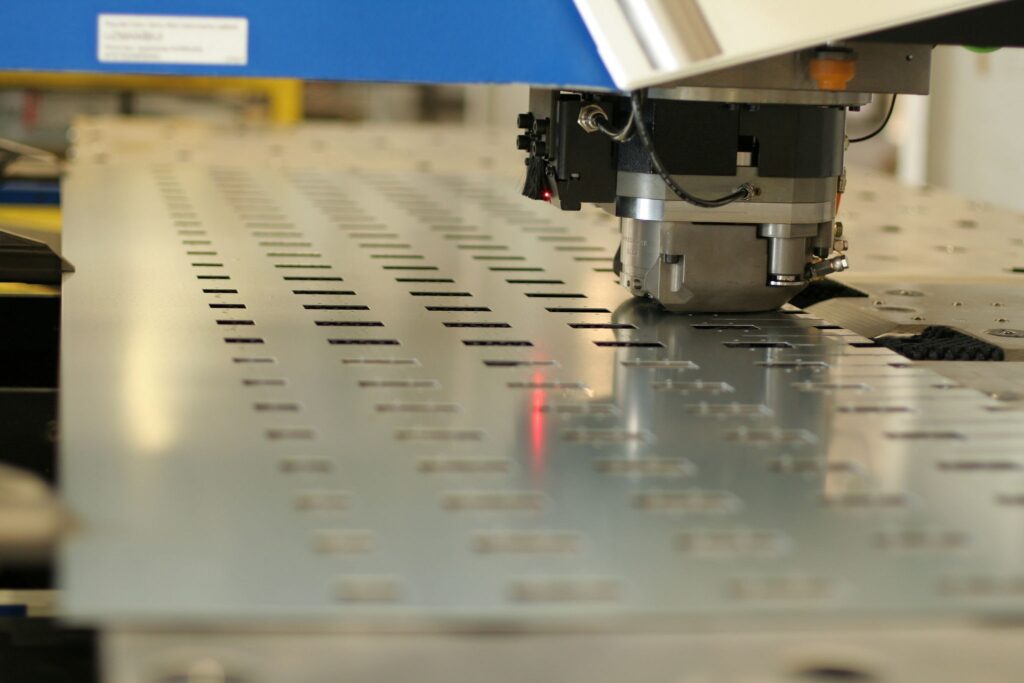
1. Sheet Fixing and Clamping Methods
- Vacuum Table: Securely holds thin aluminum sheets.
- Example: CNC punching machine with a vacuum table.
- Method: Applies suction to hold the sheet in place.
- Clamps and Pins: Suitable for thicker aluminum sheets.
- Example: CNC punching machine with adjustable clamps.
- Method: Secures the sheet using mechanical clamping.
2. CNC Program Writing and Debugging
- CAD/CAM Software: Design and program the punching operation.
- Example: Use software like AutoCAD or SolidWorks.
- Debugging: Simulate the program to verify toolpaths and hole locations.
- Toolpath Optimization: Ensure efficient tool movement.
- Example: Optimize toolpaths to minimize travel distance.
- Debugging: Verify and adjust toolpaths for accuracy.
3. Tool Selection and Setting
- Aluminum-Compatible Punches and Dies: Choose materials suitable for aluminum.
- Example: Carbide punches and dies for aluminum punching.
- Setting: Optimal clearance and alignment for efficient punching.
- Tool Rotation Control: Ensure correct tool positioning.
- Example: CNC punch press with automatic tool rotation.
- Setting: Program rotation angles for each tool.
CNC Punching Aluminum Punching Parameters and Techniques

1. Selection of Punching Speed, Feed Rate, and Clearance
- Punching Speed: Adjust based on aluminum thickness.
- Example: Higher speed for thin aluminum sheets.
- Solution: Optimize for material thickness to prevent distortion.
- Feed Rate: Determines punching efficiency.
- Example: Higher feed for faster production.
- Solution: Adjust for optimal efficiency without compromising accuracy.
- Clearance: Gap between punch and die.
- Example: Larger clearance for thicker aluminum.
- Solution: Optimize clearance to prevent burrs and tool wear.
2. Punching Characteristics of Different Aluminum Alloys
- 1xxx Series: Soft and ductile.
- Example: Higher punching speeds for efficiency.
- Solution: Adjust parameters for softer alloys.
- 6xxx Series: Moderate hardness.
- Example: Optimal feed rates for efficient punching.
- Solution: Tailor parameters for alloy-specific properties.
- 7xxx Series: Higher strength and hardness.
- Example: Slower punching speeds for precision.
- Solution: Adjust parameters for harder alloys.
3. How to Avoid Punching Distortion and Burr Formation
- Fixture Design: Minimize unsupported areas during punching.
- Example: Use backing plates for support.
- Solution: Design fixtures to reduce distortion.
- Tool Sharpness: Regularly check and sharpen punching tools.
- Example: Implement a tool maintenance schedule.
- Solution: Ensure sharp tools for clean cuts and reduced burr formation.
CNC Punching Aluminum Common Problems and Solutions
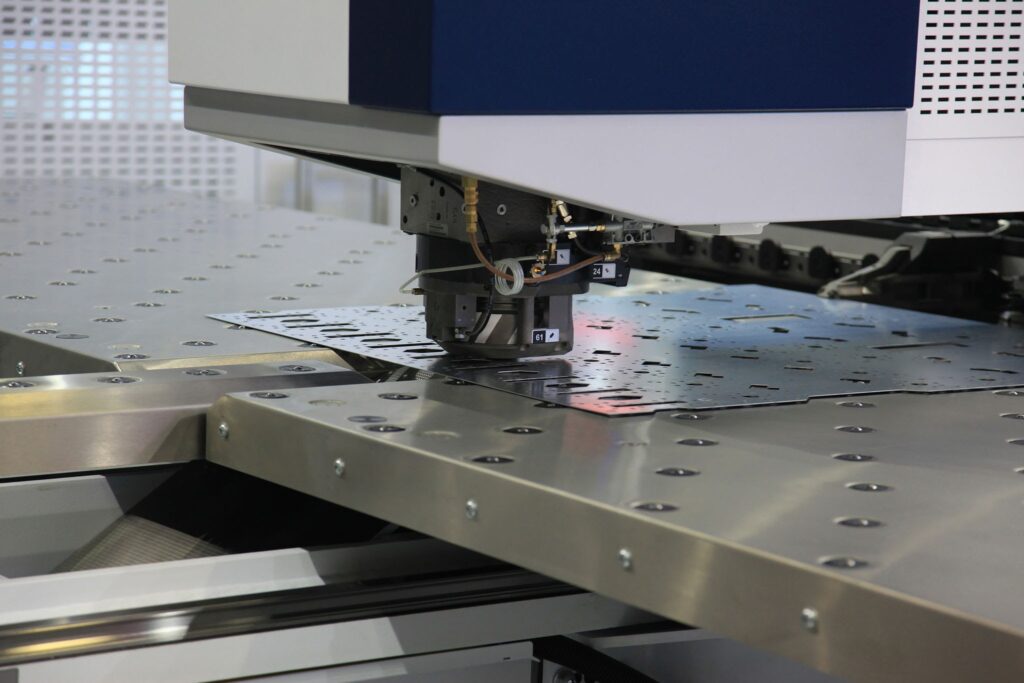
1. Common Problems in CNC Punching Aluminum
- Burr Formation: Addressed through tool sharpness and clearance.
- Example: Increase tool clearance for smoother edges.
- Solution: Regularly inspect and sharpen tools.
- Distortion: Minimized through proper fixture design.
- Example: Optimize fixture support for the aluminum sheet.
- Solution: Ensure even support to prevent distortion.
- Misalignment of Holes: Checked through accurate toolpath programming.
- Example: Verify toolpaths in simulation software.
- Solution: Debug and optimize toolpaths for precision.
2. Steps and Methods to Solve These Problems
- Regular Tool Maintenance: Sharpen and inspect punches and dies.
- Example: Establish a routine for tool maintenance.
- Solution: Replace or sharpen tools as needed.
- Optimized Fixture Design: Ensure proper support during punching.
- Example: Use custom fixtures for different aluminum parts.
- Solution: Design fixtures to minimize distortion and misalignment.
Table for CNC Punching Aluminum Parameters
| Metal Type | Punching Tool | Punching Speed (mm/min) | Punching Force (kN) | Tool Material | Tool Life (cycles) |
|---|---|---|---|---|---|
| Aluminum | Carbide Punch and Die | 300 | 25 | Carbide | 50,000 |
| Aluminum | Embossing Tool | 250 | 20 | Tool Steel | 30,000 |
| Aluminum | Rectangular Punch | 280 | 22 | High-Speed Steel | 40,000 |
CNC Machining Samples
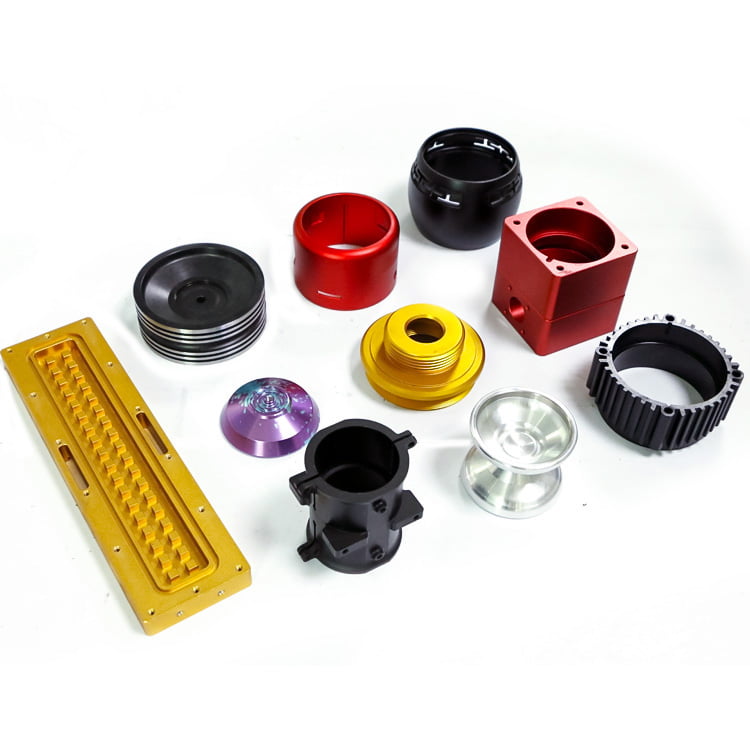
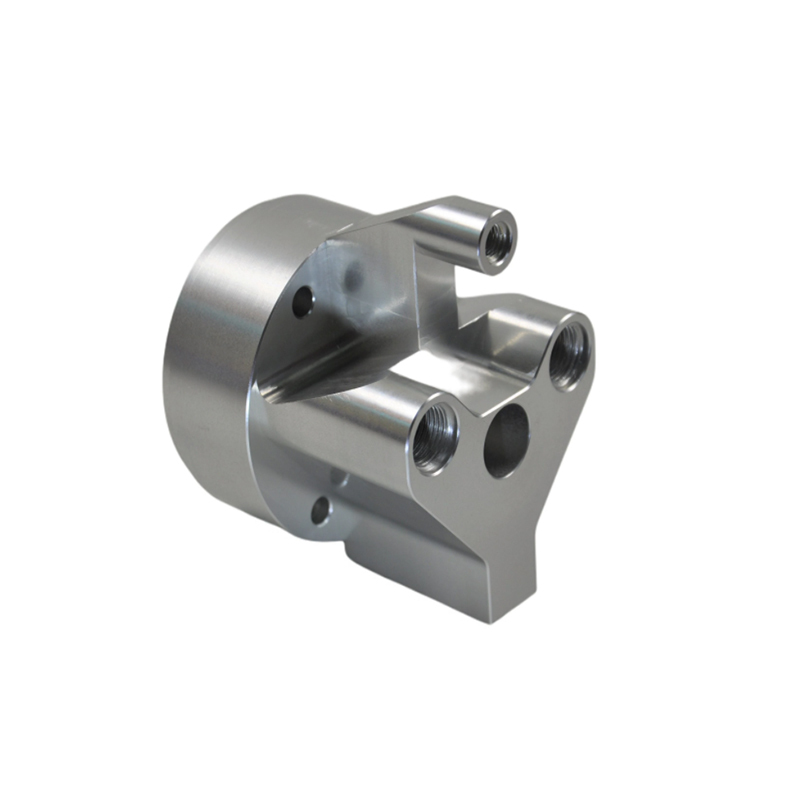
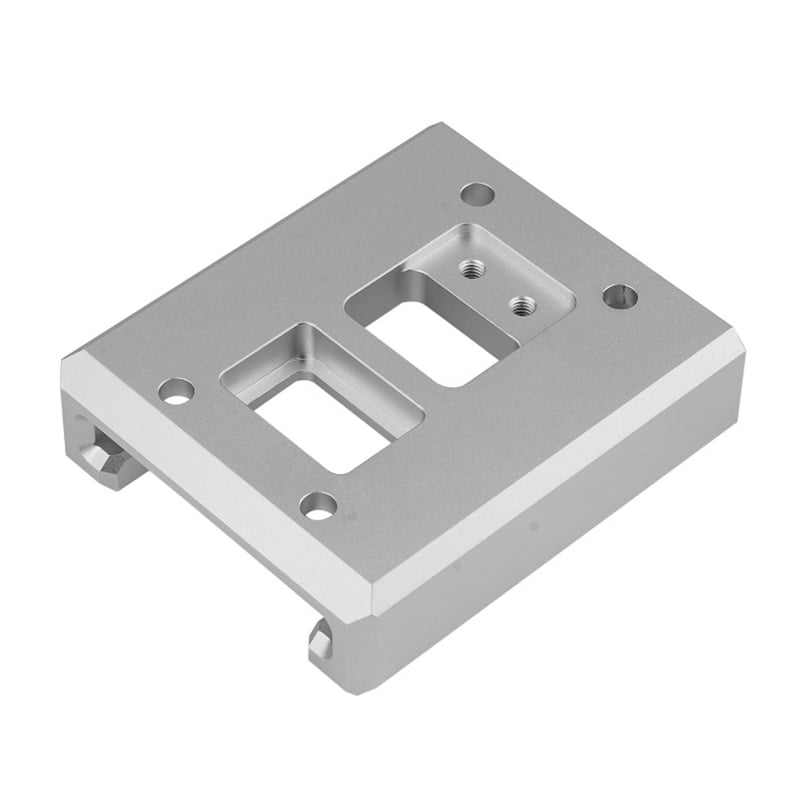
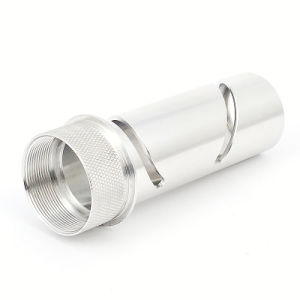
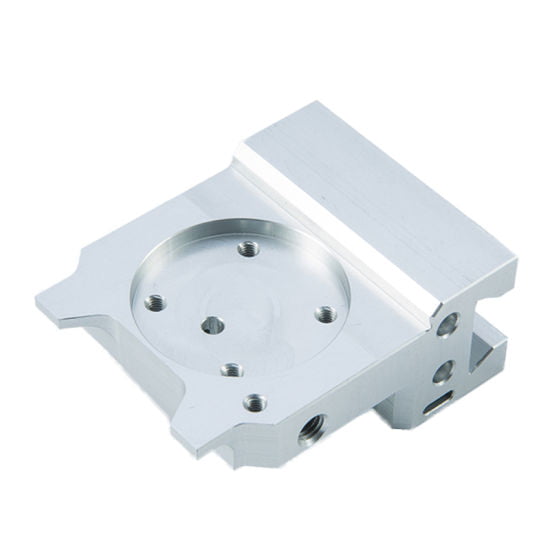
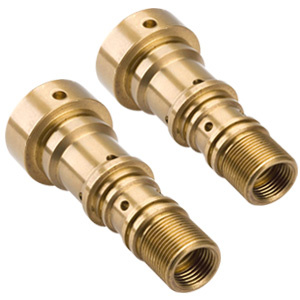
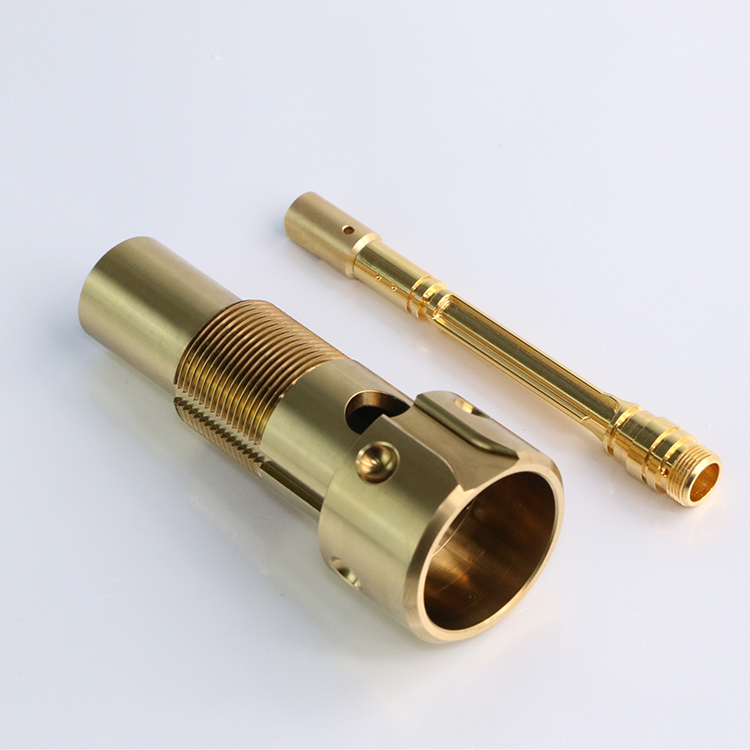
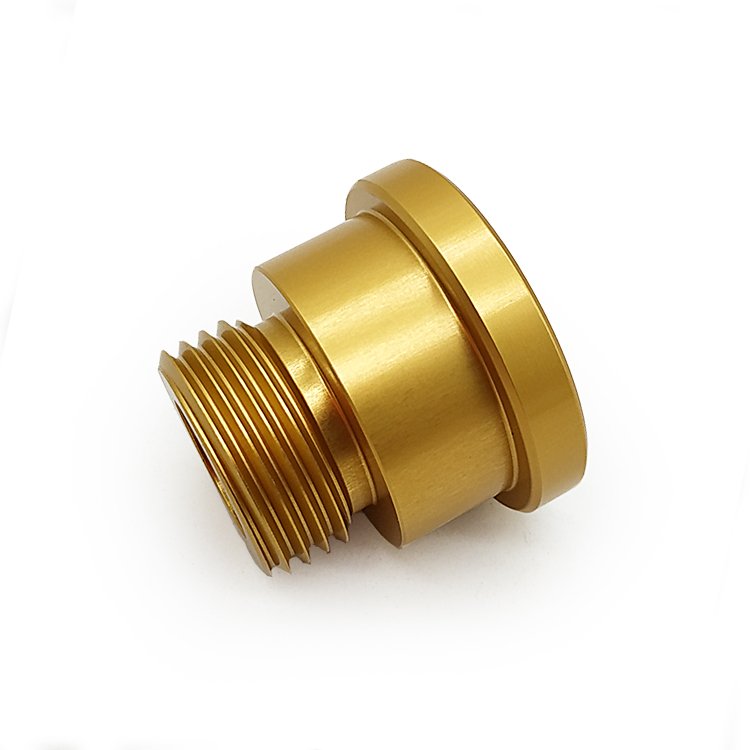
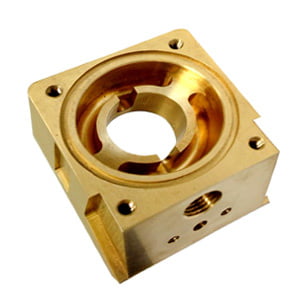
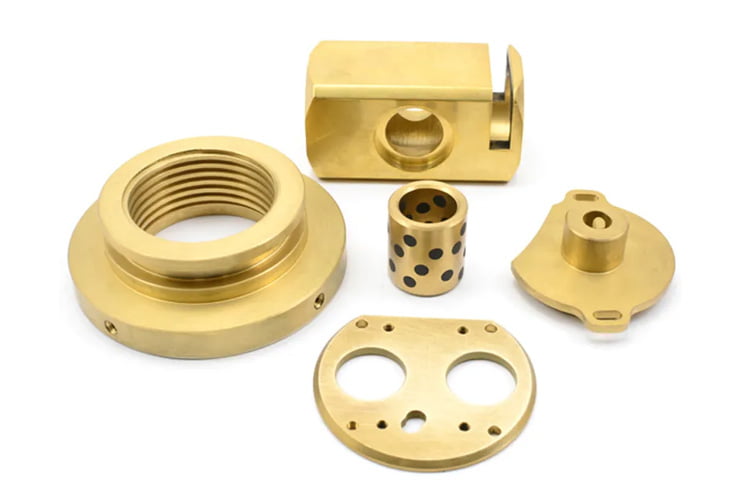
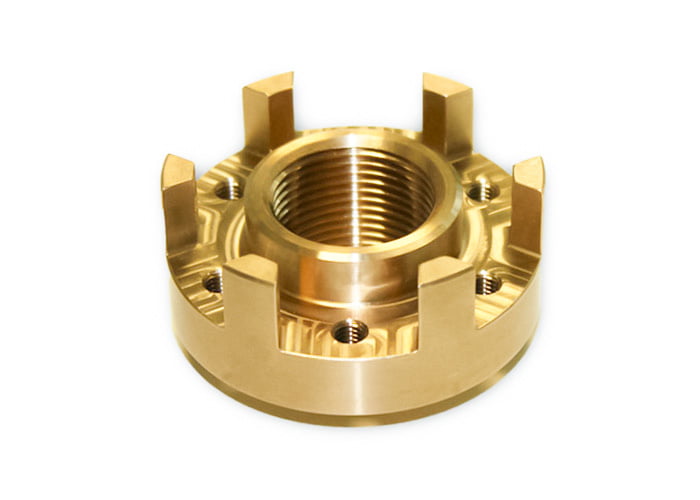
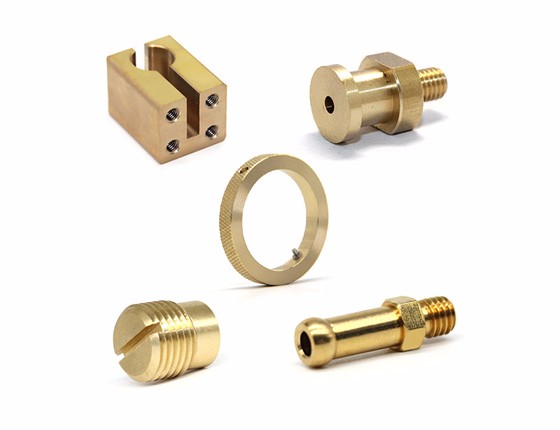
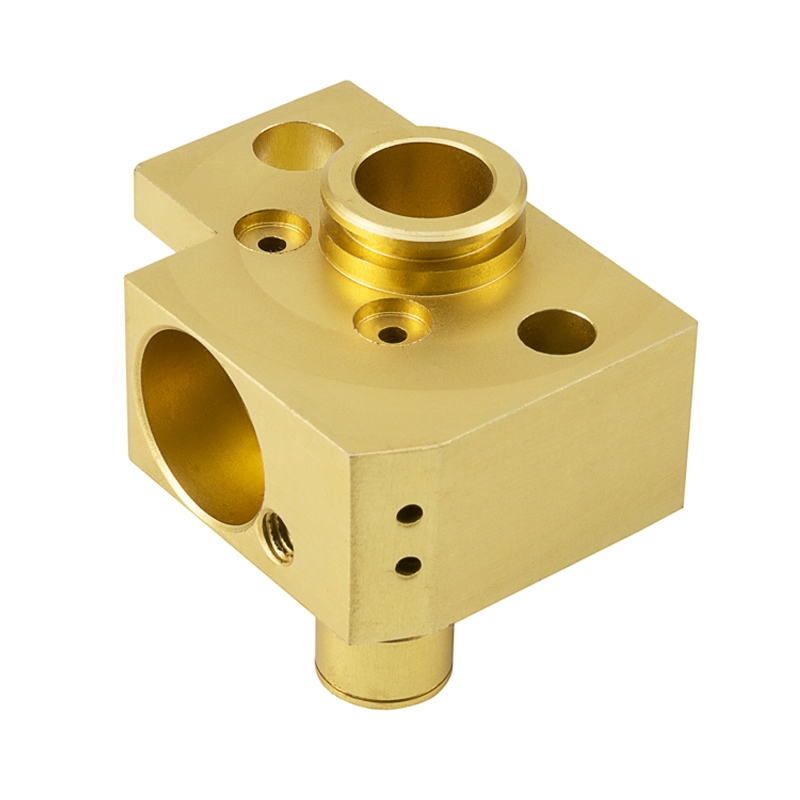
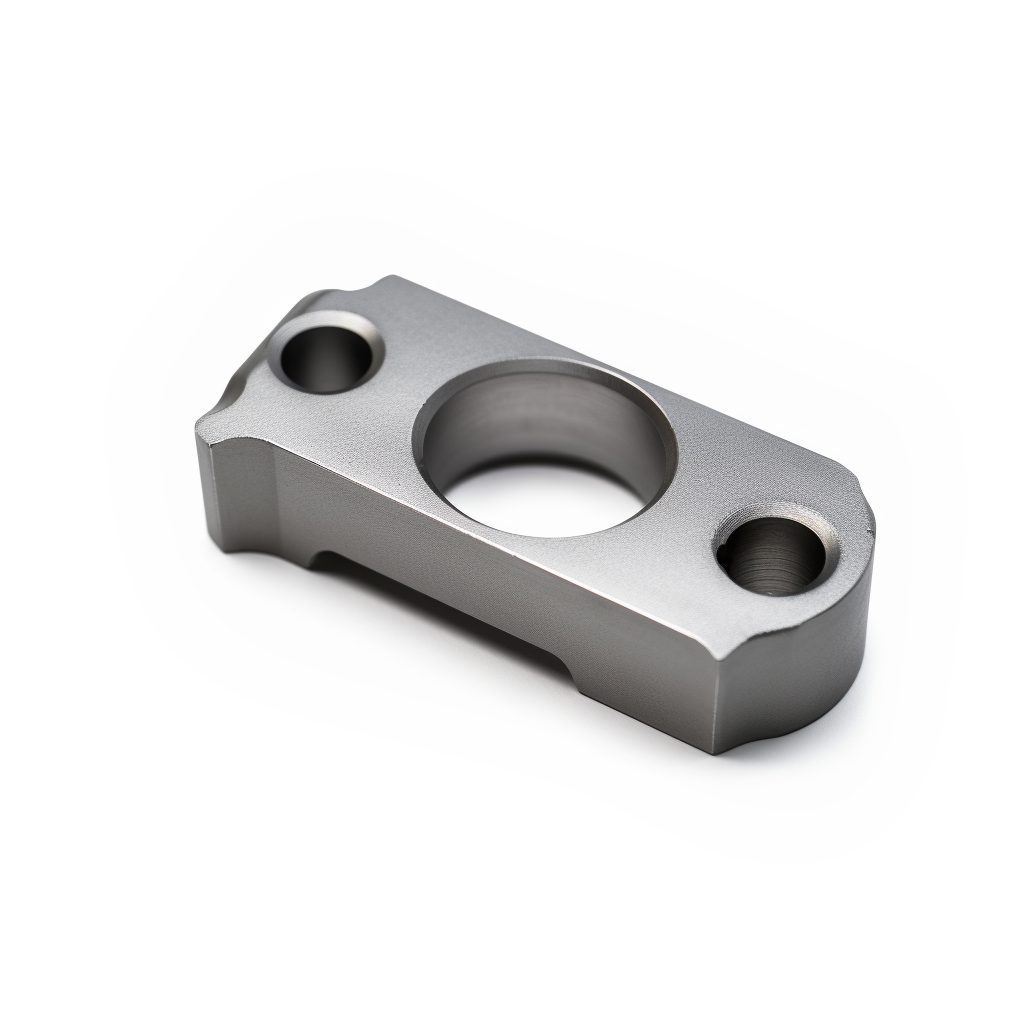
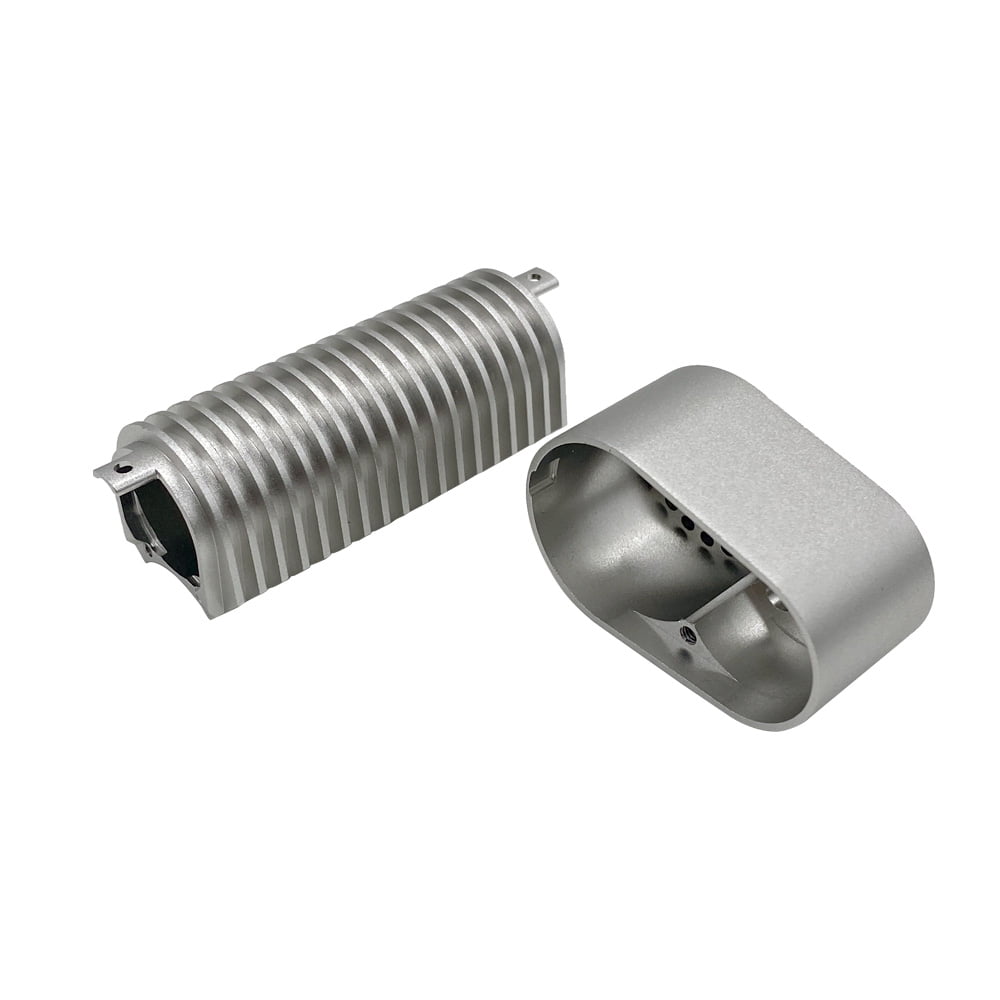
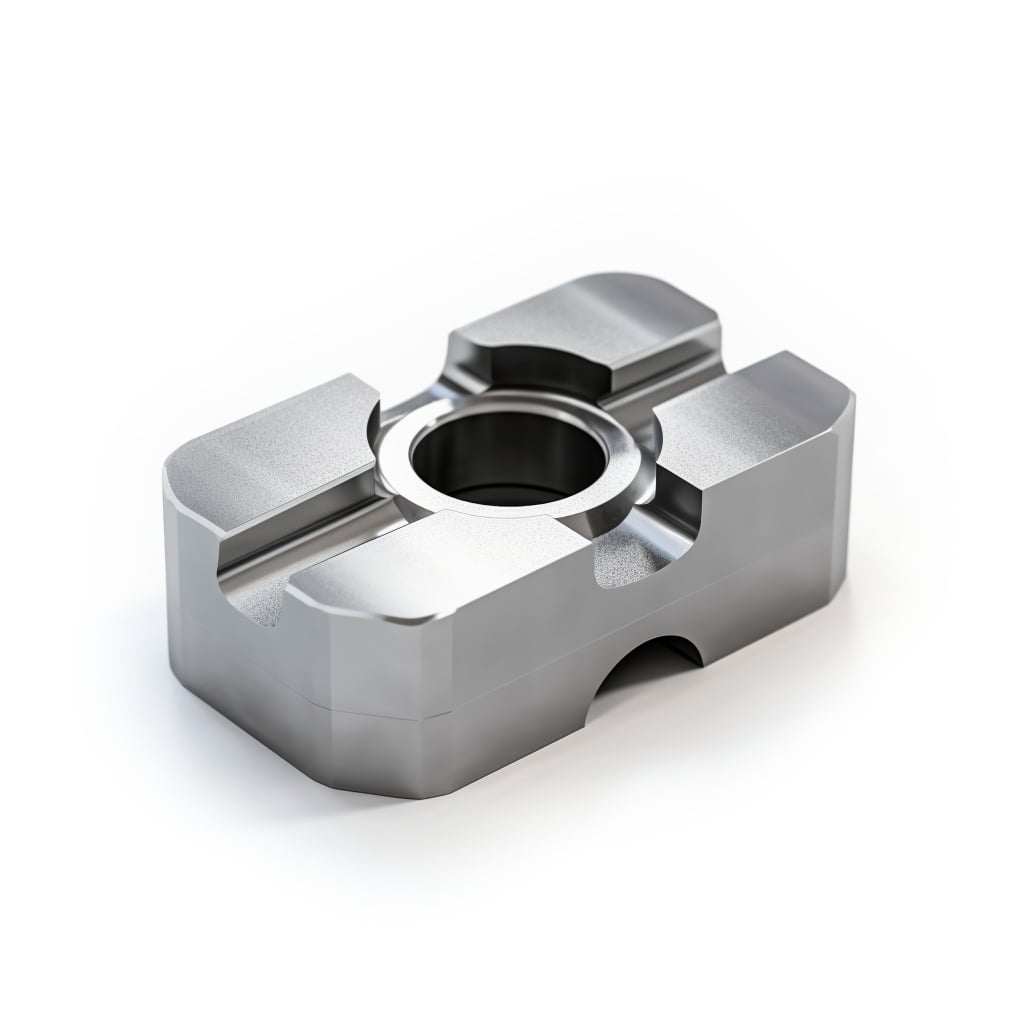
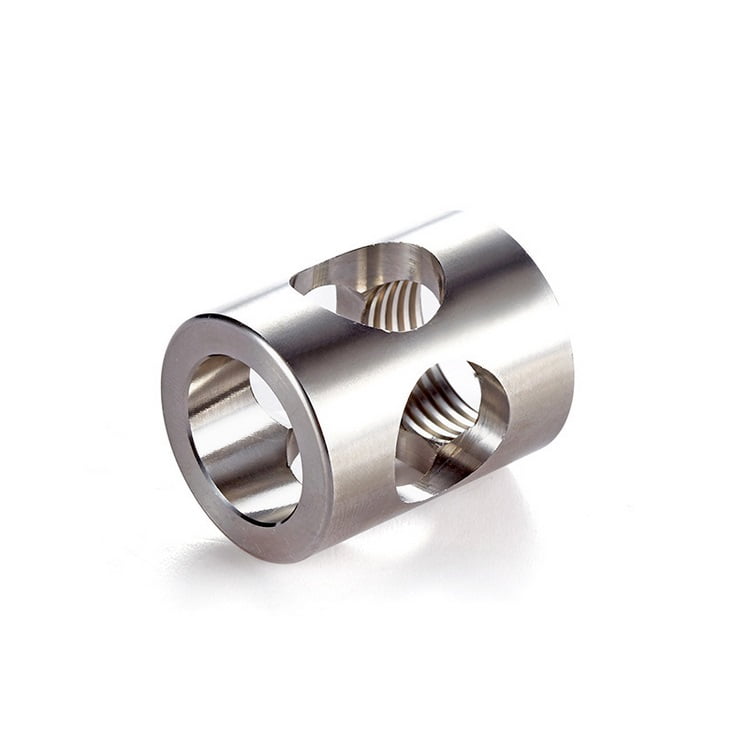
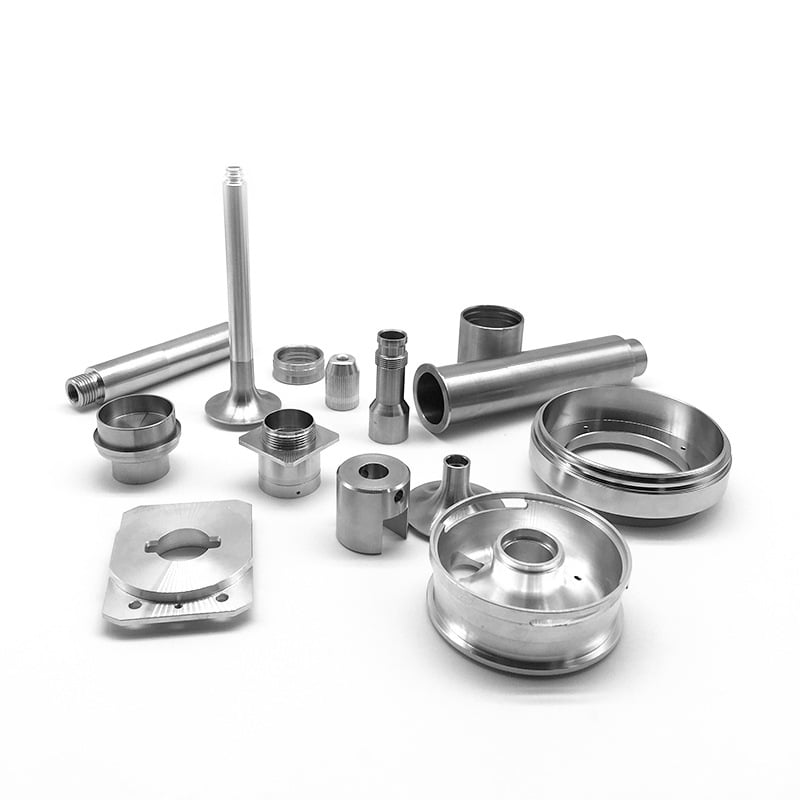
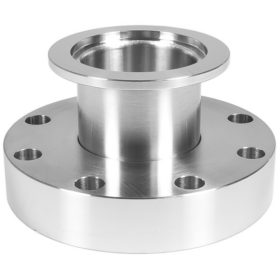
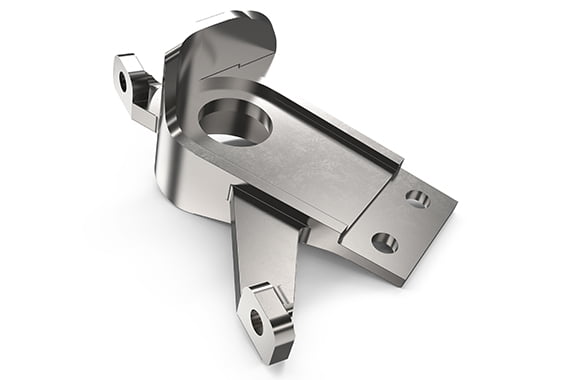
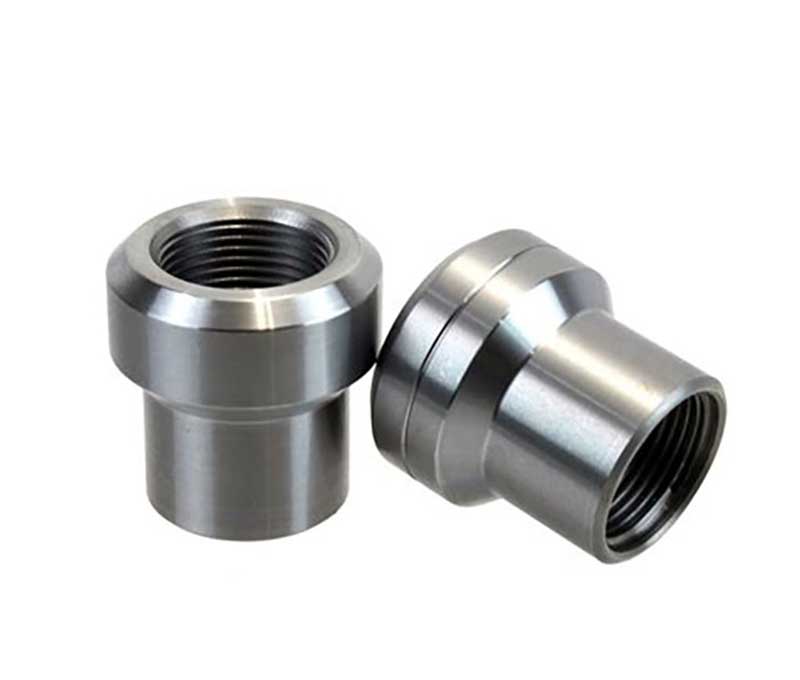
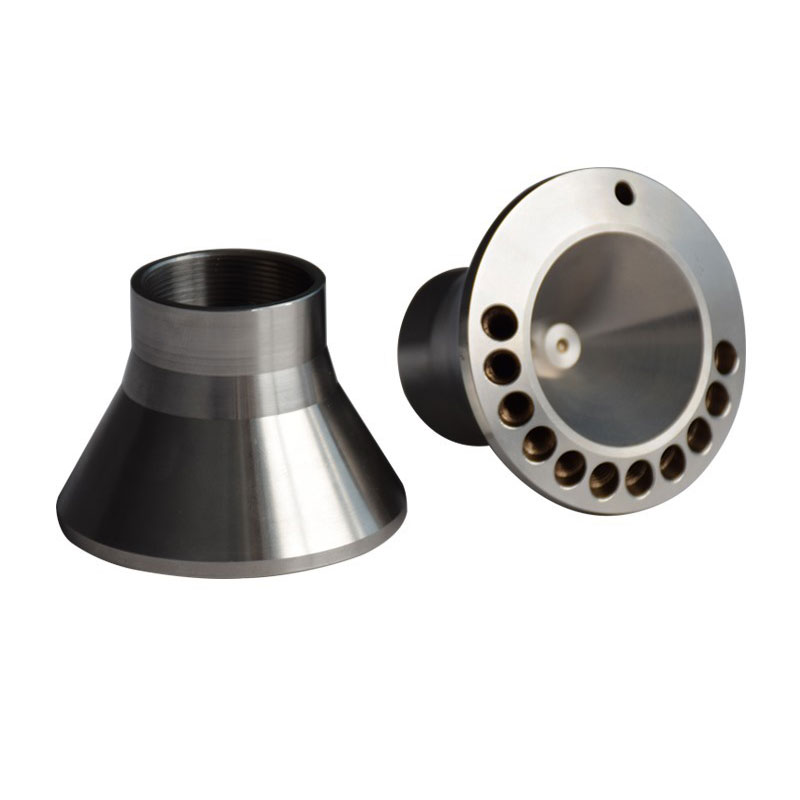
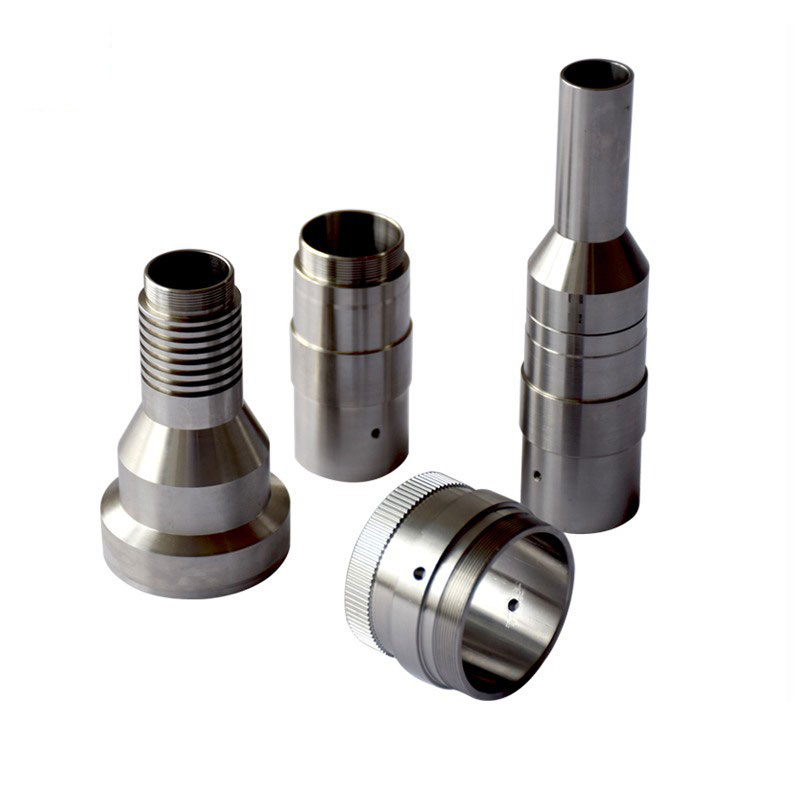
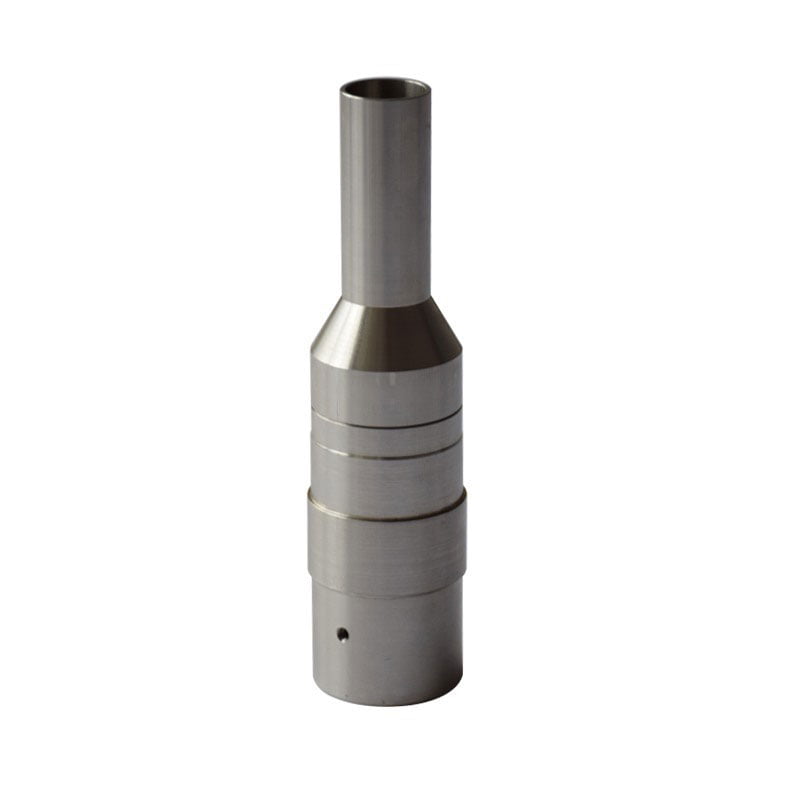
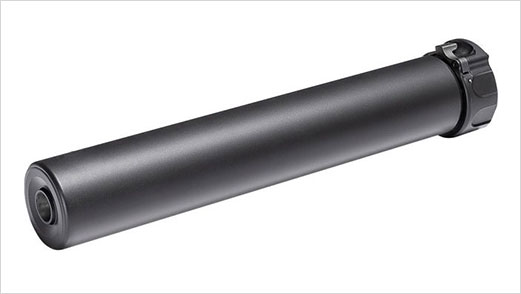
If you need custom metal fabrication, please don’t hesitate to contact us immediately. We will provide you with the appropriate processing price within 2 days of receiving your material.
View V&T service reviews
this company is my go to! have used them multiple times great prices V&T is the best to work with!
Robert James


this company is my go to! have used them multiple times great prices V&T is the best to work with!
Robert James
Quality yet cheap. Service Staff was very friendly and helpful. Measurements of parts was very accurate for the anodized aluminium, and prices were very competitive
Jerimiah D.


Quality yet cheap. Service Staff was very friendly and helpful. Measurements of parts was very accurate for the anodized aluminium, and prices were very competitive
Jerimiah D.
Good quality of the product, the color matches the photos. The milling machine operator is good. Thanks.
Francy J.


Good quality of the product, the color matches the photos. The milling machine operator is good. Thanks.
Francy J.
If you can deal with V&T you will have a very good experience. Sometimes they can be quite late though, and communication was bad for a while. I have dealt with this company for 3 years now. Mostly satisfied
Marianna B.


If you can deal with V&T you will have a very good experience. Sometimes they can be quite late though, and communication was bad for a while. I have dealt with this company for 3 years now. Mostly satisfied
